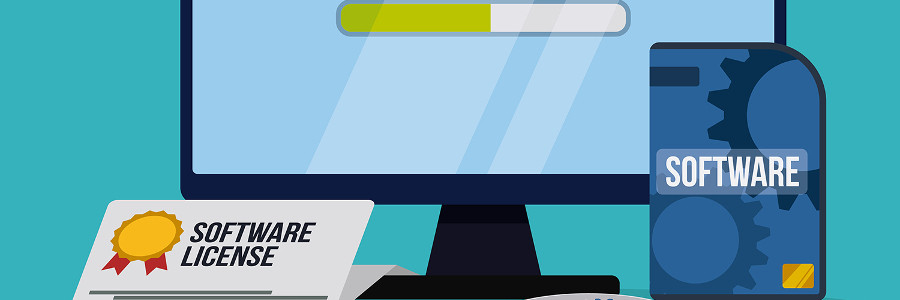For a successful virtualization project, it’s important to understand software licensing and support policies for virtualized and cloud environments. Today, many enterprises invest in software to track licensing compliance and vendor support policies because policies could differ substantially among vendors. For most, licensing concerns focused on deploying server applications to server virtualization infrastructures. Here are… Continue reading Virtualization and licensing
Virtualization and licensing









